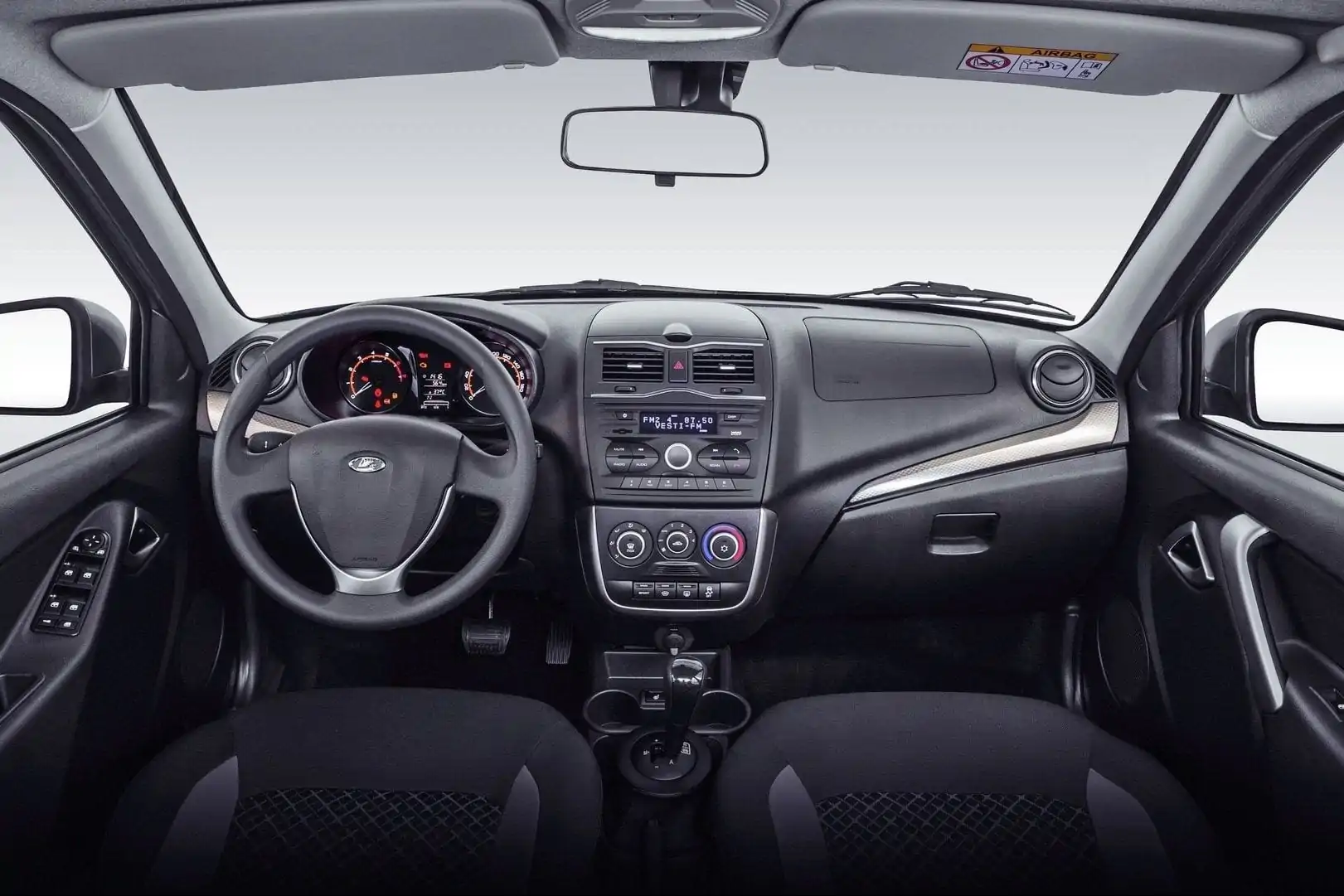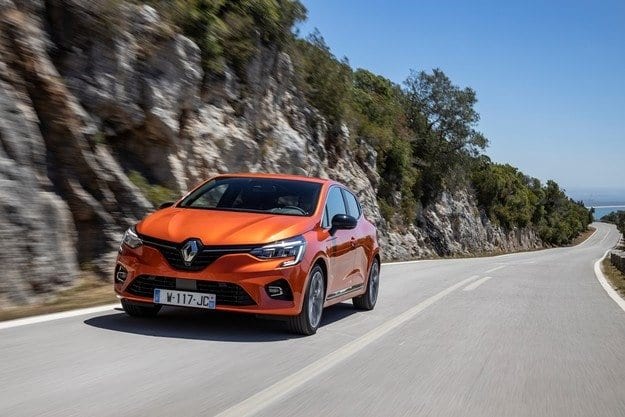
Test drive Renault Clio: French evolution
Content
The fifth generation of the little bestseller is a significantly grown and mature machine
The fourth version of the Clio, released seven years ago, made a real revolution in the development of the model - it was radically different in appearance and concept from its predecessors and became the first successor to the brand's new design language, which was later continued by Mégane, Talisman, Kadjar and others.
Equally interesting was the view from the inside of the Clio, the first Renault to feature R-LINK with a large, vertical touch screen in the center console. At that time, transferring control of most functions in the car to the touch screen seemed very innovative, especially for a representative of a small class.
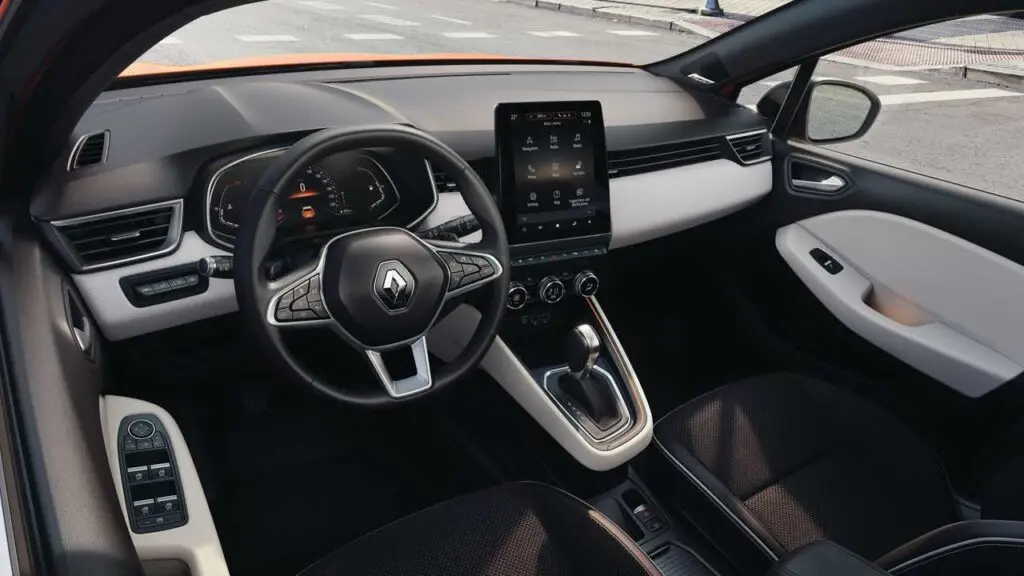
On the other hand, over the years, many people have come to the conclusion that controlling some commonly used functions, such as air conditioning, distracts the driver too much from driving.
Now the Clio V is an undeniably attractive visionary car and a much larger Megane. In fact, referring this model to the “small” category is a rather arbitrary concept, because the body length exceeds the psychological limit of four meters, and the width is almost 1,80 meters without side mirrors.
Depending on the range of equipment, the exterior of the car can be more dynamic or more sophisticated, and the first-class Initiale Paris traditionally shines with many noble accents outside and inside, including fine leather upholstery.
More space and improved ergonomics in the interior
There can hardly be two opinions that, in terms of interior design, the Clio looks to be on the crest of a wave compared to current trends in this area. The large touchscreen (9,3-inch diagonal, or, in more understandable terms, 23,6 centimeters!) now rises from the center console, and its location is incomparably more ergonomic than before from an ergonomic point of view.
The multimedia system is now called Renault Easy Link and has a wealth of functionality, including updating navigation system maps over the air, Google search and many other features that every modern smartphone user will appreciate.
Under the touch screen of the infotainment system, there is a separate air conditioning unit, borrowed from the Dacia Duster, which is intuitive in terms of control logic and is quite nice. By the way, Renault has finally concentrated the cruise control completely on the steering wheel, so the button for turning it on and off in the central tunnel has already disappeared.
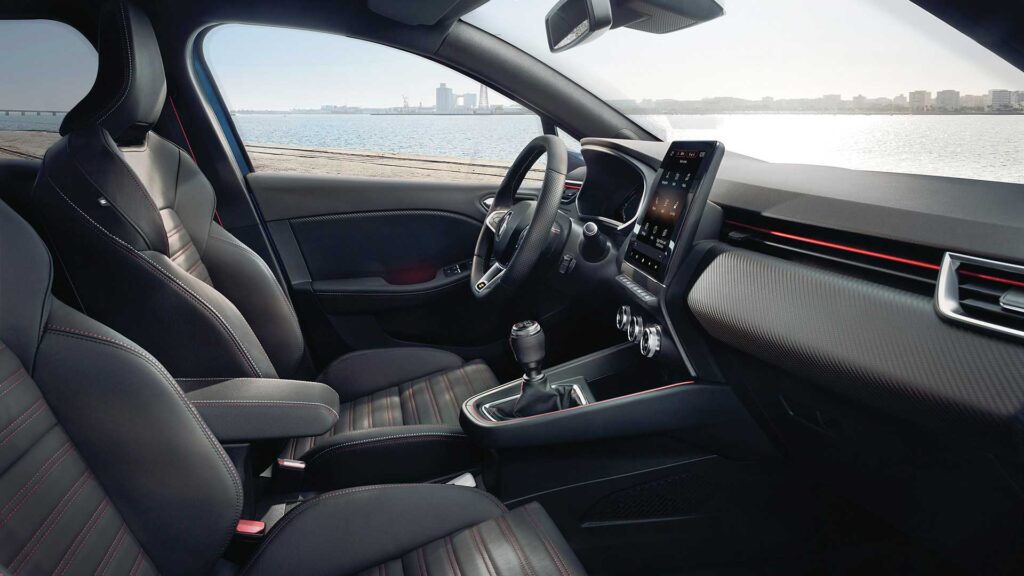
When it comes to the choice of materials and colors, Clio boasts an extraordinarily cozy ambience for its category. Renault has definitely not spared soft plastic, and the ability to order diffused lighting adds an additional dose of sophistication to the environment. There is plenty of room in both rows, especially in the rear seats, the space is almost at the level of the upper segment, the same goes for the capacity and practicality of the luggage compartment.
On the road
Enough with the theory - let's move on to the practical part of the global presentation of the media model. It's time to get behind the wheel and check how the car behaves on the new modular platform of the concern. Chassis impressions show that it offers a very good compromise between tight settings and a pleasant ride.
Lateral turns are weak, the car is strong on the road and quite accurate, while overcoming irregularities of various types at a very good level for its class. The driving experience is perhaps the closest thing to a Ford Fiesta, which is undoubtedly a great compliment for Renault's designers.
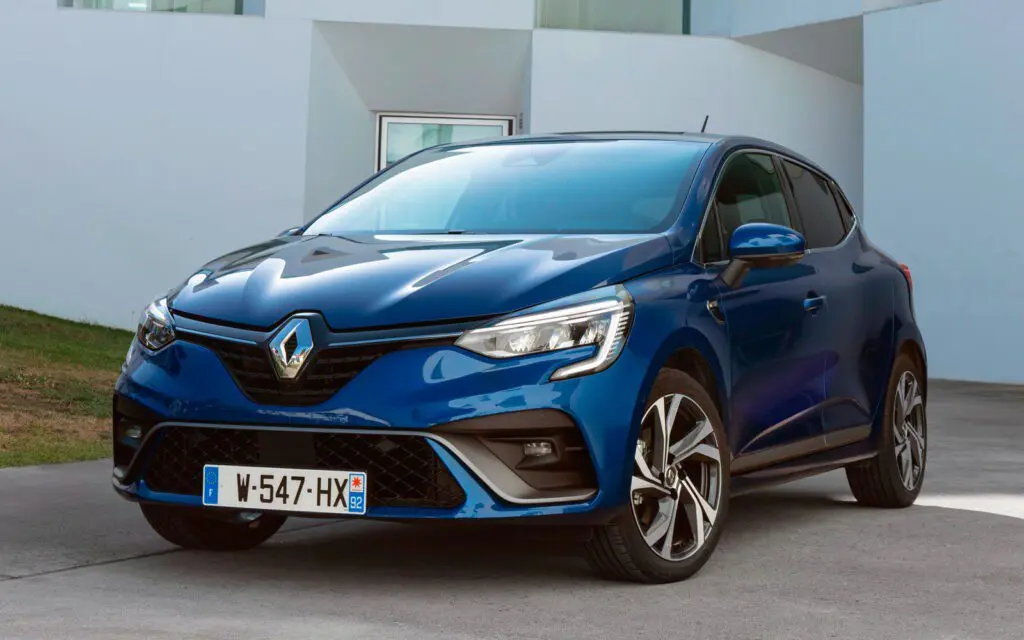
What about the drive? We'll have to wait a little longer for the long-running and much-talked about hybrid model, and to begin with, the model will be offered with a range of four petrol and two diesel variants.
The basic three-cylinder petrol engine is available in two naturally aspirated versions with 65 and 73 hp, as well as a turbocharged version, in which the output is 100 hp and the torque reaches 160 Newton meters.
This type of car will appeal to people with a more moderate driving style. The gearshift mechanism - light, stiff and precise - deserves good words.
The top-end TCe 130 is powered by the extremely popular Daimler engine, which is available in the Clio with 130 horsepower. and 240 Nm. Combined with the EDC dual-clutch transmission, this results in an impressively harmonious Clio transmission that cleverly combines reliable traction, ease of acceleration, responsive handling and decent fuel consumption of around 6,5 liters per hundred kilometers on the combined cycle.
As an alternative to gasoline engines, Renault also offers its customers the well-known 1,5-litre diesel engine with 95 or 115 horsepower - certainly a very smart solution for people who drive their car more kilometers.
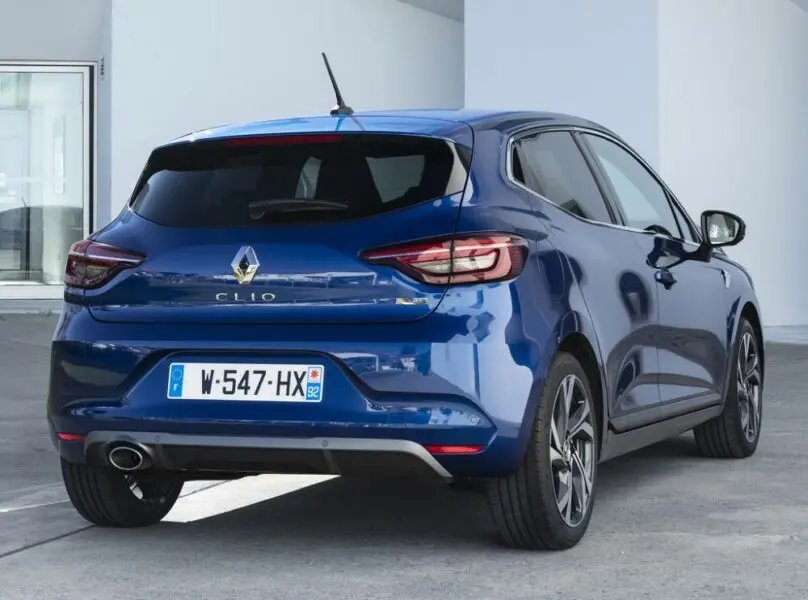
The new Clio will hit the market in September and the price increases are expected to be moderate and justifiable given the significantly expanded range of equipment.
Conclusion
The new version of Renault Clio resembles Mégane not only not externally - the model is very close to its larger brother in character. The car has a lot of interior space, rides well and has a well-appointed interior, and its equipment includes almost the entire technological arsenal of Renault. The Clio has become a truly mature car.
